Snow monkeys living in one of the world’s coldest regions survive by ‘going fishing’ – scooping live animals, including brown trout, out of Japanese rivers and eating them to stay alive, a new study reveals.
The snow monkey (Japanese macaque Macaca fuscata) is native to the main islands of Japan, except Hokkaido. The most northerly living non-human primate find that snow cover limits the availability of their preferred foods in the Kamikochi area of Chubu Sangaku National Park of the Japanese Alps.
With favorite foods difficult to find, the snow monkeys run low on energy and face death by starvation, but groundwater-fed streams flow during the winter with a constant water temperature of about 5 0C and are easily accessible for Japanese macaques to search for alternative live food.
Led by University of Birmingham experts, the international research team published its findings on November 29, 2021, in Scientific Reports — the first published scientific paper of Japanese macaques definitively eating freshwater animals in streams, including brown trout.
Previously, Japanese macaques have been shown to opportunistically capture marine fish, either when being dried or washed up on beaches, whilst closely-related species have been shown to feed on freshwater fish.
Researchers found brown trout in Japanese macaques’ fecal samples and believe that macaques capture brown trout in shallow pools along the stream margin.
Using metabarcoding of fecal samples to determine the monkeys’ wintertime diet, the experts discovered that the animals also feed on riverine insects and mollusks — additional food sources which are likely to aid their winter survival.
Alexander Milner, Professor of River Ecosystems at the University of Birmingham who led the study, commented: “Japanese macaques have a wider winter home range when food resources are scarce, but Kamikochi lies in a deep valley where they cannot cross the mountains. Population density is exceptionally high and macaques must overwinter in an extremely harsh environment.
“These larger populations create additional stress for surviving winter, but an abundance of groundwater upwellings and hot spring inputs from active volcanoes ensures many streams flow without ice cover allowing easy access to the monkeys.
“With high numbers of freshwater animals in its rivers and streams, the Kamikochi area may be the only environment in Japan where the topographical, geological, and meteorological conditions allow Japanese macaques to supplement their winter diet in this way.”
Researchers also found evidence of freshwater insects in macaques’ fecal samples, including aquatic insect larvae and nymphs. Although terrestrial insects are a major source of food for Japanese macaques, especially in summer, this is the first confirmed record of aquatic insect larvae and nymphs in their diet.
Reference: “Winter diet of Japanese macaques from Chubu Sangaku National Park, Japan incorporates freshwater biota” by Alexander M. Milner, Susanna A. Wood, Catherine Docherty, Laura Biessy, Masaki Takenaka and Koji Tojo, 29 November 2021, Scientific Reports.
DOI: 10.1038/s41598-021-01972-2

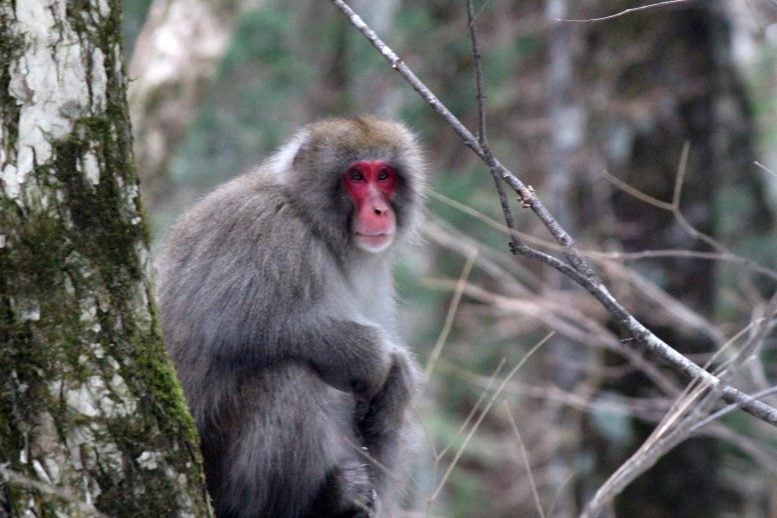
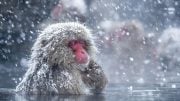
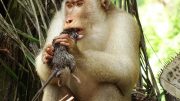

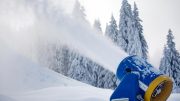

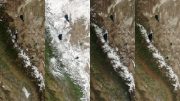
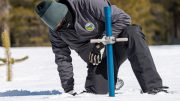
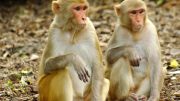
wow